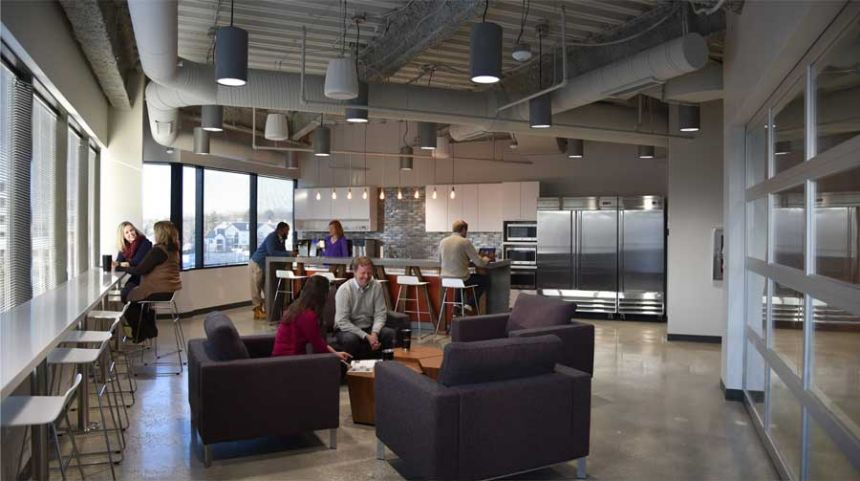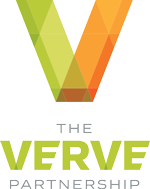A Physical Representation of an Employee-focused Company Culture
Originally published in Construction Executive November 2017
For more than 50 years, Harkins Builders performed approximately $250 million in work per year. This year, it is breaking the mold and on task to perform $300 million. That bodes well for the health of the company, and continued growth is expected.
To keep up with that growth, Harkins Builders’ leadership knew the company would need to get creative, and decided to reconsider the company’s office space. Previously, Harkins Builders was located in Marriottsville, Md., which is about 20 miles west of Baltimore and inconvenient to many projects, partners and employee residences. The space also was outdated, with offices lining the perimeter and little open space, and it took up three floors. To say the least, the office was not an asset when making new hires and did not help with employee retention efforts.
So Harkins Builders decided to build out office space centrally located in Columbia, Md. The company worked with The Verve Partnership, a firm that specializes in designing from the inside out by distilling brand and culture to inform space design—exactly what Harkins Builders was looking for.

Harkins Builders’ new headquarters includes a mix of open work stations, team rooms and larger spaces for family-like social connections
To create the design for the new office, The Verve Partnership met with Harkins Builders’ employees and discovered a mismatch among company values, future goals and current space. Working together, Harkins Builders articulated the desired new work environment, resulting in a less traditional space that integrates all members of the company, regardless of management level.
The Verve Partnership understood the company’s vision and more. The new office, which opened in December 2016, takes up only one floor, has fewer offices (with transparent glass doors), includes more workstations and provides much more open space. The office includes a mix of team rooms for offices, larger spaces for family-like social connections, and open work stations to encourage collaboration, make more efficient use of floor space and allow for changes in technology.
“One thing we worked on was getting the construction team into the preconstruction process sooner, which we knew would lead to a stronger likelihood that we would do a better job with pricing,” says President and COO Gary Garofalo. “One way to do that is to put the teams together.”
The office also includes plenty of places for employees to get away from their desks, as well as communal space to encourage communication. “You can’t not communicate because the person you’re working with is only 10 to 20 steps away,” Garofalo says.
The new office helps Harkins Builders keep employees happy as well. With the increase in open space, the company can hold more parties and events. Since moving into the new location, the company has held company meetings, a holiday party, a casino night for employees and their spouses, and a grand opening party with more than 200 guests—something that never could have happened with the old floor plan.
“In this industry, people work a lot of hours,” Garofalo says. “Getting spouses involved and helping them understand their spouse is working for a good company that treats them right in a good facility is great.”
The office also includes a large café area, and Harkins Builders holds an employee lunch—cooked by an employee—every month, which helps improve company morale and brings employees, management and leadership together for a meal.
The new office also is proving to be a tool for hiring that offers Harkins Builders an advantage over the competition. Each year, the company aims to hire eight to 10 college graduates.
“All new talent is being competed for,” Garofalo says. “The old space looked like your dad’s office space, but this space sells a lot better to the younger generation.”
Originally published in Construction Executive November 2017



